Tulips (Tulipa gesneriana), Latin name: Tulipa cv., are of the Liliaceae and Tulipa genus.
Form: Bulbous plant. The bulb scales are papery, with a few dormant hairs at the top and base inside. The stems are upright, smooth, covered with white powder, and emerald green, with some varieties being yellow or reddish-brown. The leaves are 3-5, lanceolate to ovate-lanceolate. A single flower is terminal, large and colorful; the flower shape is unique, with cup-shaped, bowl-shaped, goblet-shaped, butterfly-shaped, star-shaped, etc.; there are single-petaled, double-petaled, semi-double-petaled, etc.; the edges of the corolla are smooth, wavy-toothed,锯齿-shaped, notched, and with bangs; some of the corollas have spots, stripes, borders, etc.; the colors include white, pink, bright red, big red, dark red, purple, light yellow, orange yellow, dark yellow, light purple, dark purple, dark green, dark brown, black, etc. It is 5-7 centimeters long and 2-4 centimeters wide. The six stamens are equal in length, with bare filaments; there is no style, and the stigma is enlarged into a chicken comb shape.
Tulips are world-famous bulbous flowers and are also excellent cut flower varieties. The flowers are straight and tall, the leaves are elegant and beautiful, and the lotus-like flowers are dignified and charming. In Europe and America, they are regarded as symbols of victory and beauty, and many countries, such as the Netherlands, Iran, and Turkey, cherish them as national flowers.
Tulips come in many varieties and different colors and unique flower shapes. They are very precious spring flowers. Whether in potted plants, garden planting, or cut flower vases, they are all very beautiful.
Tulip habits: Tulips are produced on the coasts of the Mediterranean and Central Asia and are influenced by the Mediterranean climate, forming a climate that adapts to warm and humid in winter and cool and dry in summer. It likes a cool, humid, sunny, and windproof environment. It likes rich humus, loose and fertile, well-drained acidic sandy loam. Due to the different latitudes of the growing areas, the flowering period varies, and it can now be produced throughout the year.
Tulips were originally wild flowers in Central Asia. Turkey was the first country to cultivate tulips, and there are simple records in ancient documents. The Turks began to grow tulips in the year 1000 AD. In Europe, in the Holy Roman Empire in 1554 AD, the Belgian diplomat Busbecq living in the Ottoman Empire brought the tulip bulbs into Europe for the first time and was cultivated in the private garden in Vienna, which attracted great attention from the horticultural industry. Five years later, the Swiss naturalist Gessner (Conrad Von Gessner) saw tulips in Vienna and named them, which was published in his work "German Horticultural Plants" (Hortis Germa-niae). Two years later, tulips were also introduced from Istanbul, Turkey, to Augsburg in southern Germany.
Well-known export power, the Netherlands, first introduced tulips in the late 16th century. Dutch merchant Clusius received a whole container of bulbs shipped from Istanbul in Antwerp, Belgium, which were transferred to the Netherlands through Flanders. In the spring of 1594, the beautiful tulip flowers bloomed for the first time in the Hortus Linden in the Netherlands. Due to the cool and humid climate in the Netherlands, which is similar to the climate in winter and spring in the origin of tulips, and having the largest financial market in the world at that time, it quickly succeeded in large-scale cultivation of tulips, and even once there was a "tulip craze", which eventually led to an economic storm. This feat also quickly made the Netherlands the world's largest tulip bulb production base and high-quality tulip variety breeding center.
In 1577, England introduced tulips from Austria to the local area. In 1629, the famous horticulturist John Parkinson made the first comprehensive evaluation of the tulips cultivated in the UK in a book on flower cultivation, listing 140 varieties. In the 17th century, tulips developed rapidly in England, the Netherlands, Russia, the Flemish region of Belgium, and northern France. There was a first cultivation boom between 1634-1637, and many breeders emerged. Double-petaled tulips were introduced in 1665, making its cultivation more prevalent, and tulip bulbs became "valuable securities" in trade. After the 18th century, there was a second cultivation peak of tulips in 1733-1734.
Common problems in tulip planting
1.Can tulips be hydroponically grown?Many flower lovers like to hydroponically bulbous flowers, feeling that it is clean and simple. Can tulips be hydroponically grown? Of course. However, it is recommended to choose 5-degree balls for hydroponic tulips. Tulip natural balls need 45 days of low-temperature vernalization to bloom. If using natural balls for hydroponics, they need to be placed in a low-temperature environment, and the maintenance time is also longer.
2.Which is better, tulip 5-degree balls or natural balls?Tulips need to go through low-temperature vernalization to bloom. What we call 5-degree balls are actually balls that have been stored at low temperatures and assisted with vernalization. When planted, they can bloom directly at the right temperature.Tulip natural balls, on the other hand, have not been vernalized and are more suitable for outdoor planting in areas with low temperatures in spring. In warmer areas, it is difficult to complete vernalization by directly planting natural balls, and it is not easy to bloom, while 5-degree balls that have been stored at low temperatures can be planted directly and can bloom normally.
So there is no better one, just choose the one that suits you according to the different planting environments. In areas with warm winters, or for indoor planting, it is recommended to choose 5-degree balls. As for the variety, just choose the color you like.
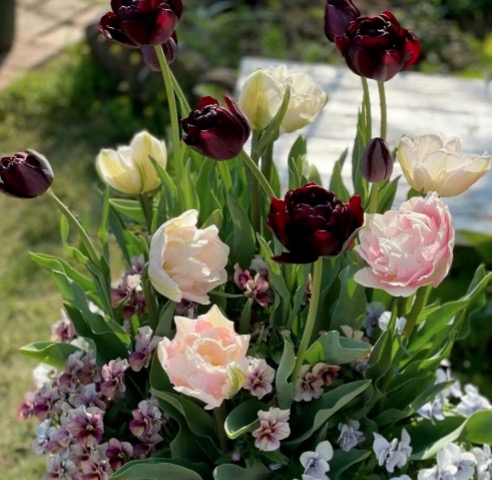
3.What are the precautions for tulip hydroponics?Tulip hydroponic management is very simple. When hydroponic, be careful not to let the bulb directly touch the water. The bottom of the bulb should be about 0.5-1cm away from the water surface. Choosing full 5-degree balls for hydroponic is better. During the hydroponic process, change the water once if the water is dirty, and add special hydroponic nutrients to the water after rooting. Usually, keep enough light, and at least place it in a bright scattered light place. A too dark environment will affect the growth of tulip buds.
- How big of a pot should be used for soil-cultured tulips? be used for soil-cultured tulips? The size of the pot for soil-cultured tulips depends on how many bulbs we plant. Generally, 3-5 bulbs can be planted in a 1-gallon pot. If the bulbs are planted more densely, more flowers will bloom and look better. When planting, the bulbs can be placed tightly next to each other without leaving any gaps, so as many bulbs as can be placed can be planted, without specific requirements.
- How to handle the tulip bulbs before planting? Before planting the tulip bulbs, it is generally required to peel off the dry skin on the surface of the bulbs, which is more beneficial for the tulip to take root and sprout. If potted, it is recommended to soak the bulbs in a 600-fold solution of carbendazim for 20 minutes before planting, then remove and dry the water before planting, which bulbs in a 600-fold solution of carbendazim for 20 minutes before planting, then remove and dry the water before planting, which can reduce the phenomenon of rotting balls. For field planting, there is no need to soak, and it can be planted directly, and no watering is required after planting.
- Should tulip bulbs be buried deep or shallow? Soil-cultured tulips are recommended to be buried deeper appropriately, and deeper burial is beneficial for the germination and growth of tulips, and it is also not easy to lodging when blooming. Especially in cold areas in winter, deeper planting can also prevent frost damage, and a thickness of 5-8cm of soil cover is generally sufficient.
- How long does it take for tulips to bloom after being planted? The natural tulip balls will bloom in the spring and April of the next year after being planted in the autumn and winter. The tulip 5-degree balls will bloom earlier, mainly depending on the temperature of the planting environment. In the two Guangdong regions, the 5-degree balls can bloom after more than a month after being planted. Generally, for indoor balcony cultivation, the 5-degree balls will bloom after 1.5-2 months after being planted.
- What should I do if the tulip doesn't sprout all the time? If the tulip doesn't sprout after being planted, it is necessary to check whether the temperature is relatively low. If the temperature is very low, the tulip will sprout much slower, or even sprout in the spring. Don't worry if it doesn't sprout, just stick to one principle, keep the soil slightly moist before the sprout, don't water too much, and as long as the soil doesn't accumulate water, the tulip won't rot, just wait, and it will sprout when the temperature is right.
- How to extend the flowering period of tulips? If you want the flowering period of tulips to last longer, for potted tulips, after the buds show color, reduce the light and avoid direct strong light. Place them in a relatively cool environment during flowering to avoid direct sunlight, which can relatively extend the flowering period. Mainly after the buds show color, the topdressing should be stopped.
- Can tulip bulbs still bloom without being dug in the second year? Tulip bulbs are Degenerate. After the first-generation imported tulip bulbs finish blooming, by timely topdressing to raise the balls, they can bloom again in the second year, but the flowers will be smaller. For tulips planted in the ground, after blooming, the balls can be left without being dug up. Pay attention to not having standing water during the rainy season, as long as the balls do not rot, they will bloom again in the second year.

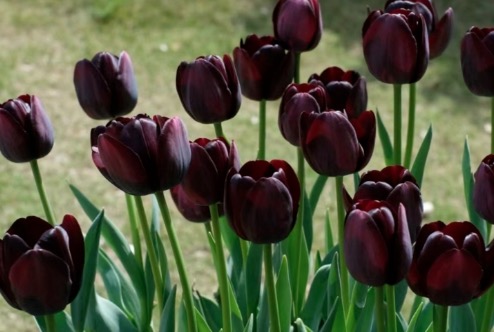
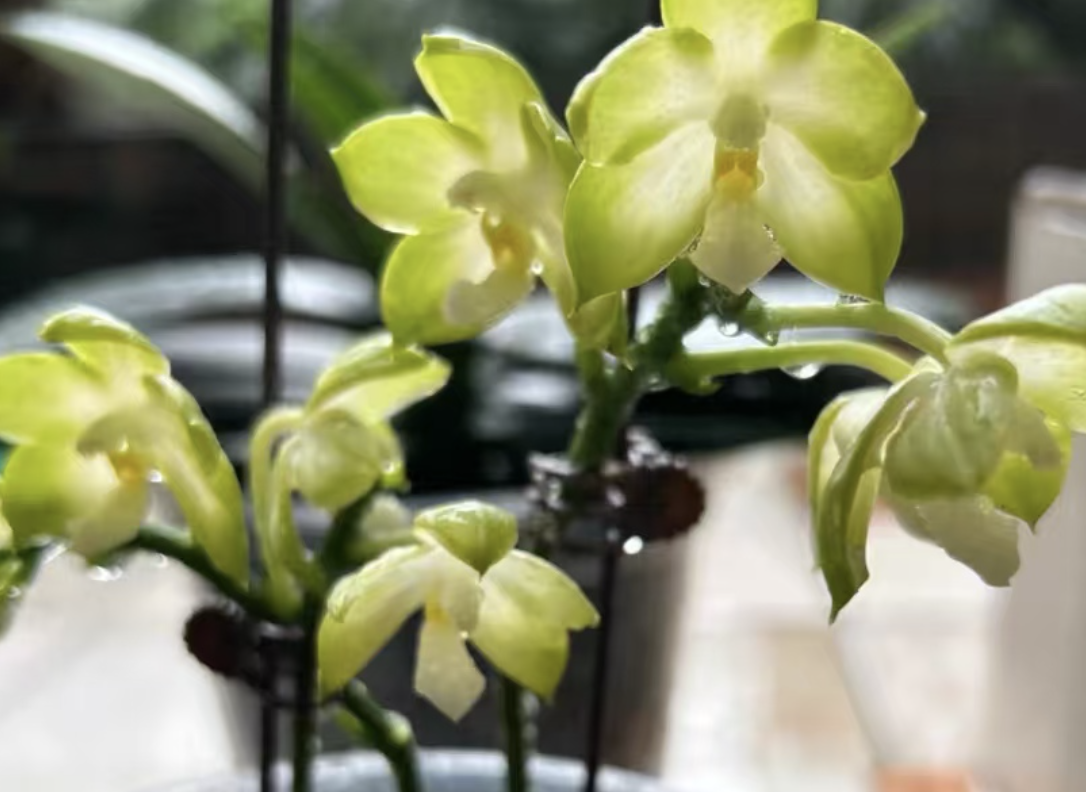
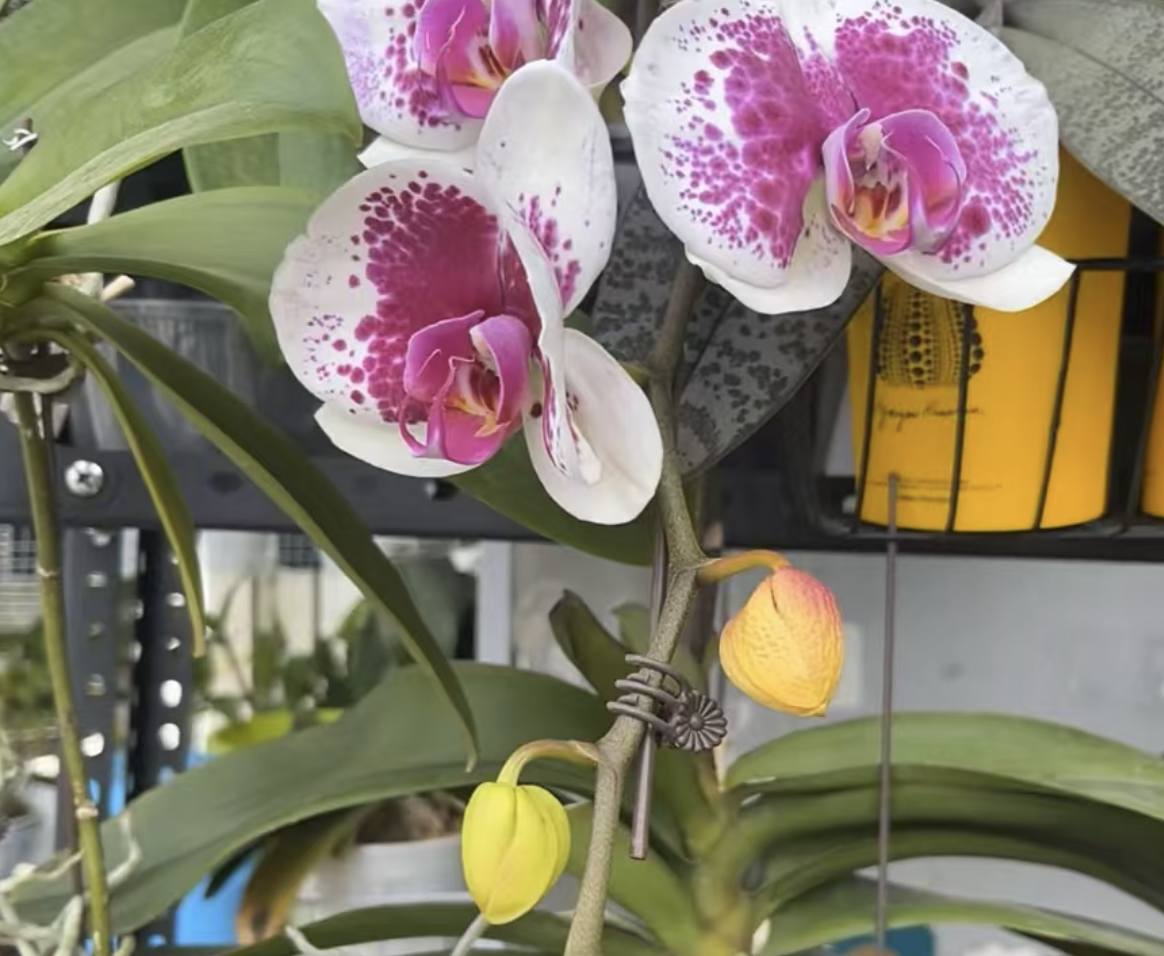
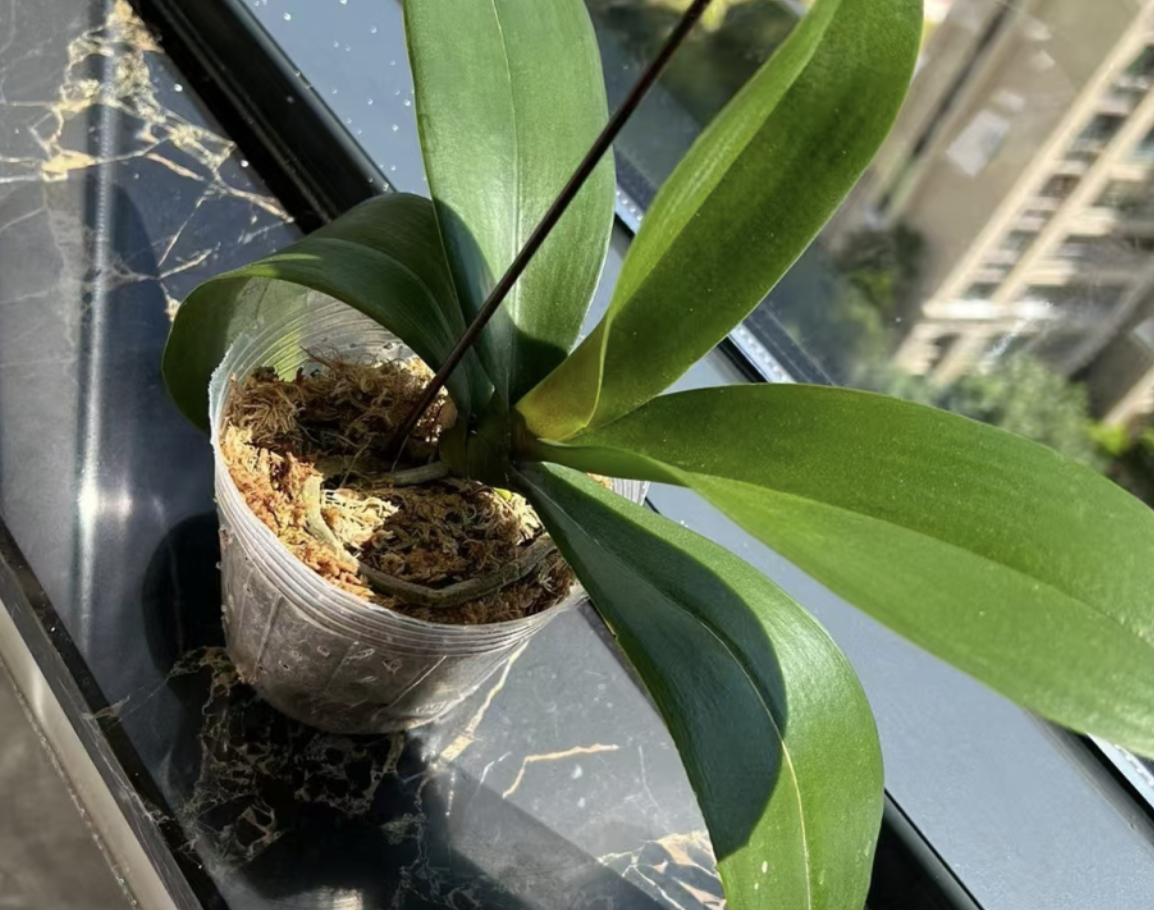
Leave a Reply